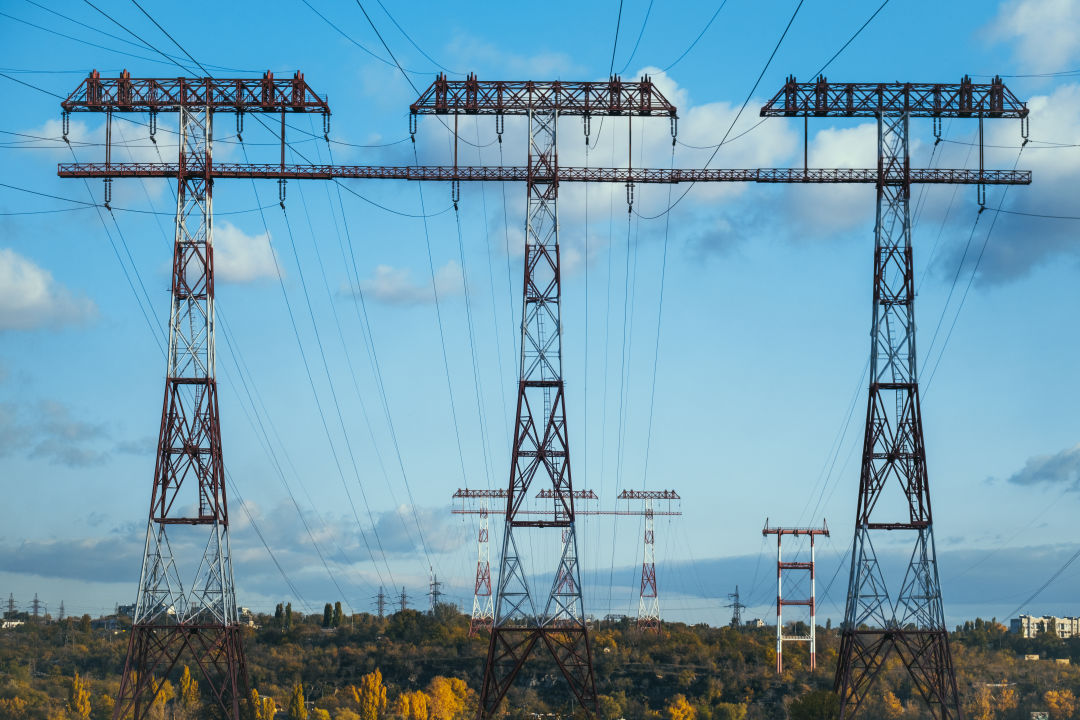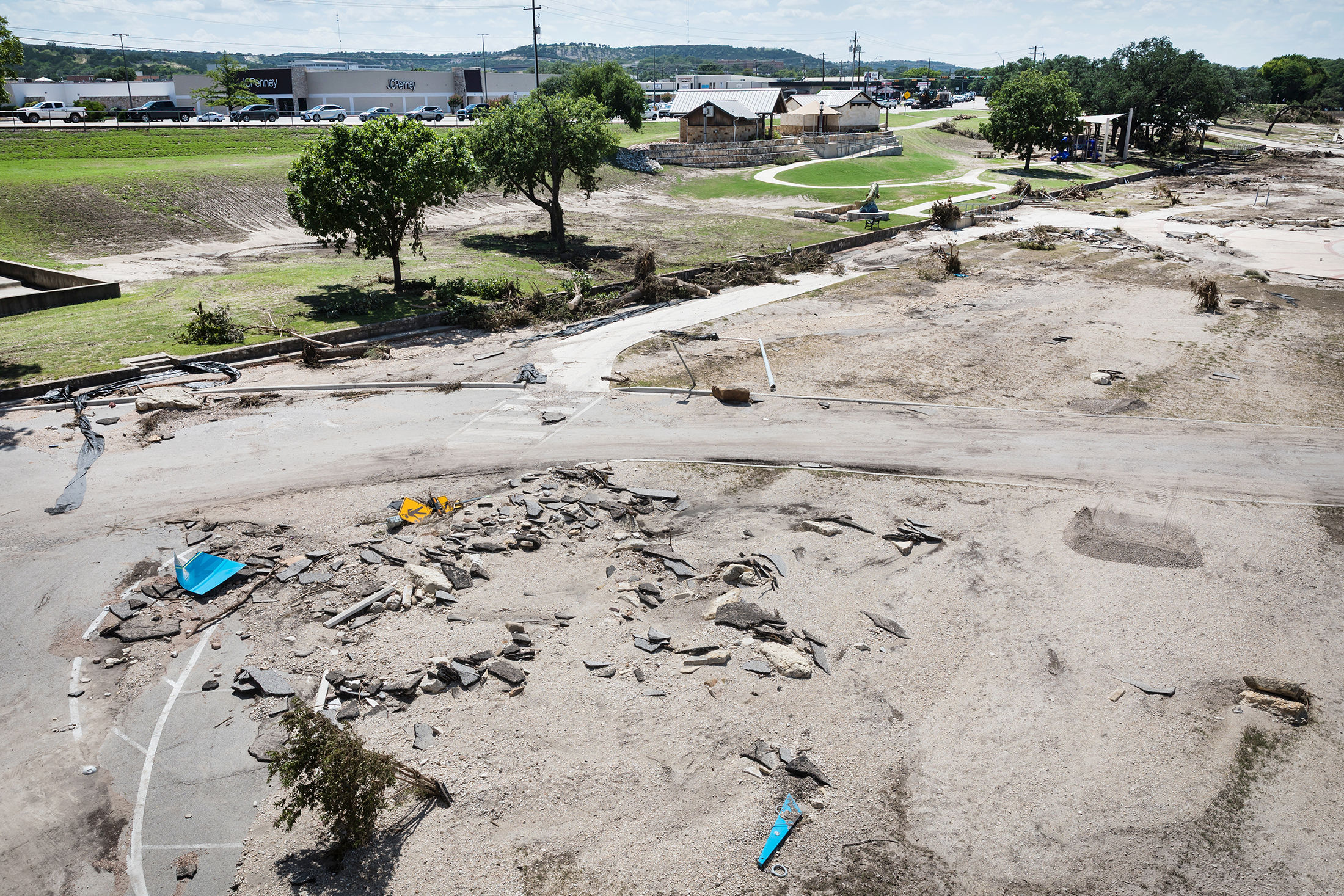So What Is ERCOT Anyway?

Image: Shutterstock/AlyoshenE
Right up until thousands of people across Houston and across Texas awoke to freezing temperatures and no electricity on Monday morning, the Electric Reliability Council of Texas was about as interesting to most of us as watching paint dry. It was just another one of those Texas quirks, another sign of Lone Star State pride that manifested as us even having our very own, separate power grid.
But now, as about 1.37 million in the Houston area, and more than four million across the state are contending with more hours of very low temperatures and no electricity for light, let alone for heat because ERCOT'S supply on that power grid has been vastly outstripped by demand due to the massive winter storm, you might find yourself wondering what ERCOT is and how Texas ended up being such an individual of a state to have it's very own electricity grid. Luckily, we've got you covered:
So what is ERCOT?
The Electricity Reliability Council of Texas provides electricity to about 90 percent of the state, which translates to roughly 26 million customers in Texas, with only a portion of the Panhandle, East Texas, and El Paso running on other grids. And its existence is very Texas. The United States has three power grids—a network of generators, transmission lines, towers, and individual consumer lines supplying electricity to customers—for the lower 48 states. There's the Eastern Interconnection (which serves, you know, the East side of the country), the Western Interconnection (serving the West) and then there's ERCOT, which serves only Texas. ERCOT is a nonprofit council overseen by the Texas Legislature and the Public Utility Commission of Texas.
Although companies like CenterPoint actually provide power to consumers, ERCOT dictates how the power is doled out around the state based on load availability and demand. Hence, why ERCOT could tell CenterPoint and other utility companies to reduce usage earlier Tuesday, resulting in longer power outages. The whole point of the council is to keep the Texas grid independent and running, two factors that may not have seemed mutually exclusive to each other before this week, but are now clearly in conflict. (While there are millions without power in Texas, the numbers in other nearby states—those connected to the other power grids—are fractional by comparison.)
Where did ERCOT come from?
It all started back when electricity was first beginning to be utilized to light and power homes in the early 20th century. The expansion of the technology was decidedly scattershot with some sections of the state getting electricity early on while others would languish without well into the 20th century. (If you ever want to understand why Hill Country people adored Lyndon B. Johnson, go read Robert Caro's Path to Power chapters on how the people had been routinely skipped over by electric companies making the difficult Hill Country life even more brutal, particularly for the women who were engaged in backbreaking work without electricity until Johnson stepped in and got power lines run through the area in 1937.) But in those early decades of the 20th century small power plants began to spring up, bringing electricity to some Texas towns. The nascent utility companies then began connecting up to share peak load coverage (when electricity is in high demand) and backup power (electricity provided by any device that can offer sustained, uninterrupted power when the main source is tapped out), with that move to interconnect increasing particularly during World War I.
When President Franklin Roosevelt signed the Federal Power Act in 1935 putting interstate electricity sales under the purview of the federal government, Texas already had its own system and had no interest in joining with the rest of the country. But with the advent of World War II, the need for the Texas Gulf Coast in particular to ramp up production to help out with the war effort did prompt several Texas utility outfits to form the Texas Interconnected System. This system allowed power to flow all over the state, and for those operating it to send it wherever it was most needed.
And then in 1970—in the wake of a massive 1965 Northeast blackout—ERCOT was formed, and charged with overseeing power reliability according to national standards. (The standards intended to ensure that such blackouts would never happen again, in fact.)
Why is Texas power still predominantly managed by ERCOT?
Well, the answer is essentially, because Texas has wanted it that way. There have been some moments when the state system came close to being brought into federal jurisdiction, including when the state grid was connected up to other grids to help out during World War II, and in 1976 during the "Midnight Connection" when a Texas utility company flipped a switch and sent power to one of its own Oklahoma utility companies for a few hours. This brought about several court cases and a fierce legal fight to bring Texas electricity into the federal fold, but in the end Texas won and to this day still isn't in the jurisdiction of the Federal Energy Regulatory Commission.
Does that mean ERCOT is still not connected to any other grids?
Nope, despite what you'd expect, although Texas has remained outside of federal regulatory authority, the state grid is, in fact, connected to Mexico, and the Eastern grid, for power supplies that can be tapped into in case of emergencies. And no, these connections somehow do not trigger the dreaded federal regulation, so Texas is still on its own and outside of direct federal authority—a situation that must have felt pretty good until about 36 hours ago when generators, wind farms, nuclear power plants and all the other entities that help keep the state lit up went offline and there was no federal outfit to blame for it all.




